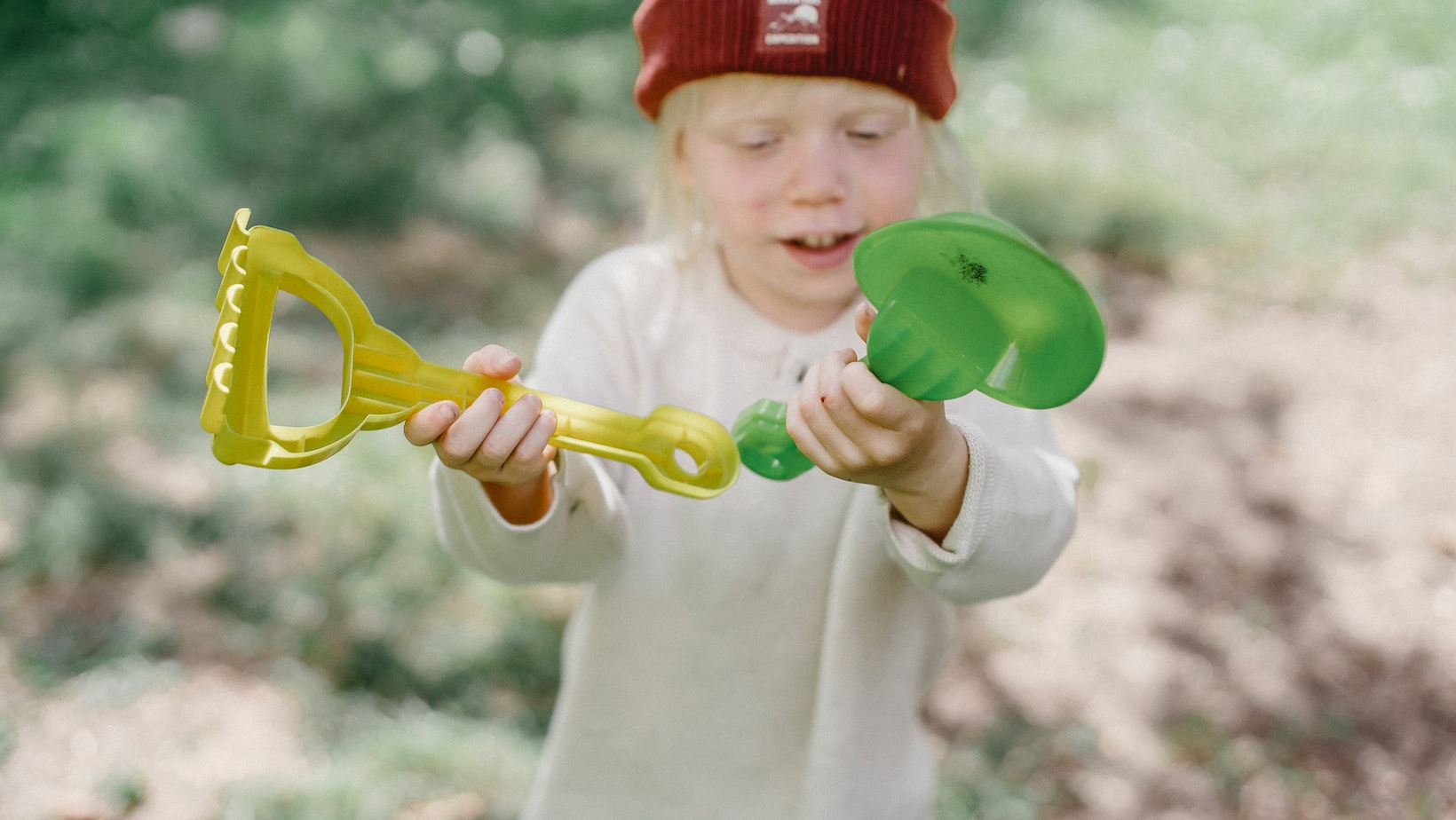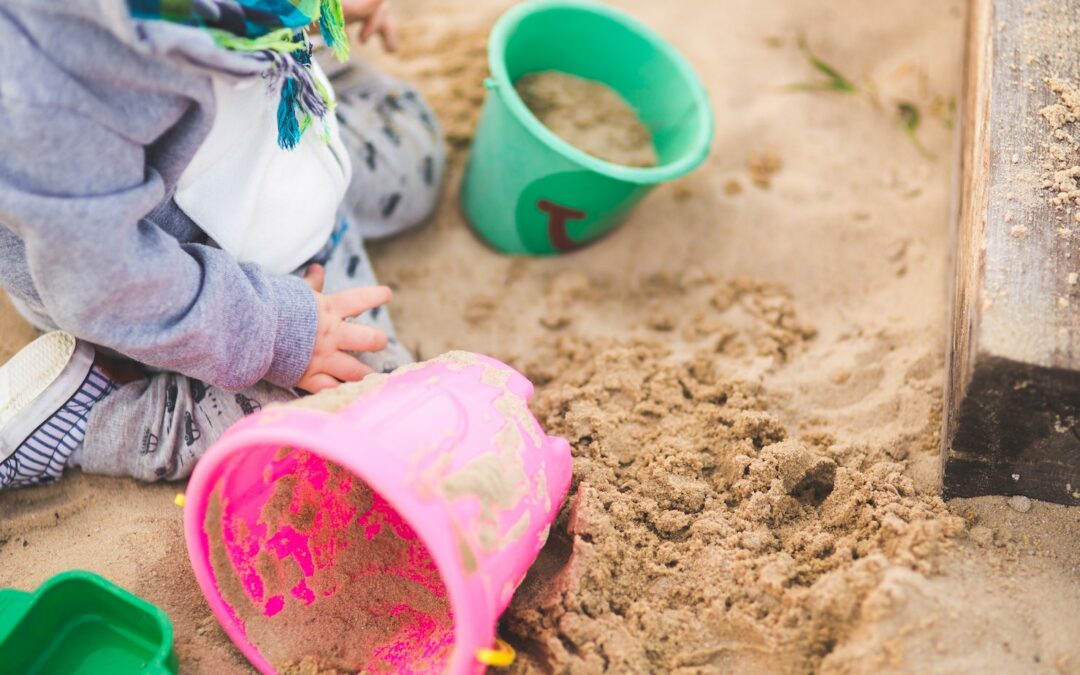When it comes to providing a safe and engaging outdoor play experience for toddlers, a sandbox can be an excellent option. A sandbox for toddlers is a specially designed play area filled with sand, where children can explore, build, and engage in sensory play. It provides numerous benefits for their physical, cognitive, and social development.
Sandbox for Toddlers
When it comes to the development of young children, a sandbox can play a crucial role in their growth and learning. Here are some key benefits that make a sandbox an essential addition to any toddler’s playtime:
- Encouraging Creativity and Imagination: A sandbox provides an open-ended play environment where toddlers can freely explore and create. They can build sandcastles, dig tunnels, or simply let their imagination run wild. This unstructured play fosters creativity as they experiment with different shapes, textures, and designs.
- Promoting Sensory Development: Playing in the sand engages multiple senses simultaneously, making it an excellent sensory experience for toddlers. As they touch and feel the grains of sand, their tactile senses are stimulated. The sensation of running fingers through the soft sand helps refine fine motor skills and hand-eye coordination.
- Enhancing Cognitive Skills: Sand play offers endless opportunities for problem-solving and critical thinking. Whether it’s figuring out how to mold wet sand into various shapes or collaborating with other children to build structures together, toddlers learn valuable cognitive skills like planning, reasoning, and spatial awareness.
- Developing Social Skills: A sandbox is often a bustling place where toddlers interact with each other while engaging in cooperative play. Sharing toys, taking turns using tools like shovels or buckets, and negotiating roles within their imaginative games all contribute to developing important social skills such as communication, empathy, and teamwork.

Encouraging Creativity and Imagination
A sandbox serves as a blank canvas for imaginative play among toddlers. It allows them to transform ordinary piles of sand into magnificent structures limited only by their creativity. They might envision building towering castles fit for royalty or creating intricate road systems for toy cars to navigate through sandy terrain.
The absence of rules or predetermined outcomes in sandbox play encourages children to think outside the box and come up with unique ideas. They learn to experiment, problem-solve, and adapt their plans as they encounter challenges along the way.
Whether it’s pretending to be explorers on a desert island or creating a bustling construction site, the sandbox becomes a stage where toddlers can immerse themselves in imaginative scenarios. This type of play not only entertains but also helps develop storytelling skills, emotional expression, and self-confidence.
Promoting Sensory Development
Playing in the sandbox provides an immersive sensory experience for toddlers. The texture of sand stimulates their sense of touch and allows them to explore different sensations such as wet or dry sand, smooth or grainy textures.
Manipulating sand grains with hands or tools helps refine fine motor skills as they practice pouring, scooping, patting, and shaping. These actions strengthen hand muscles and improve hand-eye coordination, which are essential for later activities like writing or using utensils.
Additionally, the sensory stimulation from playing in the sandbox helps toddlers develop spatial awareness. They learn concepts like volume as they fill containers with sand or observe how digging deeper changes the landscape. Such experiences lay a solid foundation for understanding mathematical concepts later in life.
Shapes and Designs for Toddlers
The shape of the sandbox can contribute significantly to its overall appeal and functionality for toddlers’ playtime adventures. Here are some popular shapes and designs worth considering:
- Square/Rectangular: These traditional shapes offer versatility in terms of fitting into different spaces and providing ample room for multiple children to play side by side.
- Round: Round sandboxes can be an excellent choice for smaller spaces or if you prefer a cozier setup. They encourage collaboration as toddlers naturally gather around the center.
- Novelty shapes: Some sandboxes come in fun and engaging shapes like turtles, boats, or castles. These creative designs can add an extra element of excitement to your toddler’s playtime, sparking their imagination.
Remember that regardless of the shape you choose, ensure that it has smooth edges and is child-friendly with no sharp corners or protruding parts.
By carefully considering the available space, factors such as age range and play style, as well as exploring different shapes and designs, you can select the perfect sandbox size and shape that will provide endless hours of fun for your little ones. Now let’s move on to our next section where we’ll explore essential safety considerations when choosing a sandbox for toddlers.
My name is Andrea Thompson and I’m a home based freelance writer. I’m 23 years old, married to my best friend, and mother to a wonderfully independent and opinionated 3 year old girl and step-mother to a sweet seven year old boy. I live in a tiny, little town in Kentucky, where I spend my free time fishing with my kids.
Writing has always been my passion, which I followed through high school, and for a while in college. Life happened, and once I discovered we were pregnant, I switched directions; opting for the healthcare industry because of the stability.
Finally, years later, I was in a place where I could leave the day job that never truly made me happy, and pursue my dreams. I’ve built, and am still building, my writing career from scratch. But, I’m passionate and I’m good at what I do. And, in the end, I can prove to my daughter that she can do anything she wants with this life.





